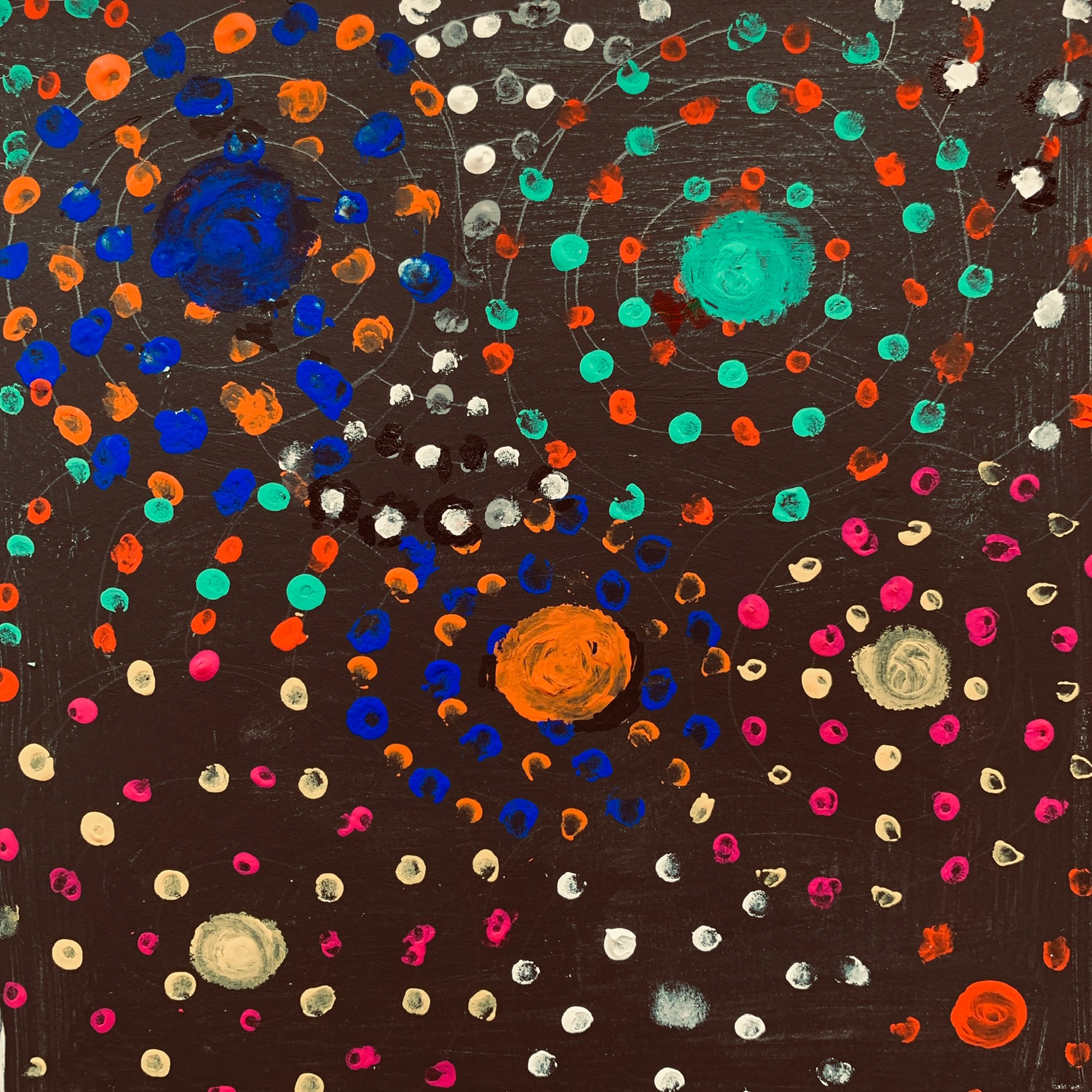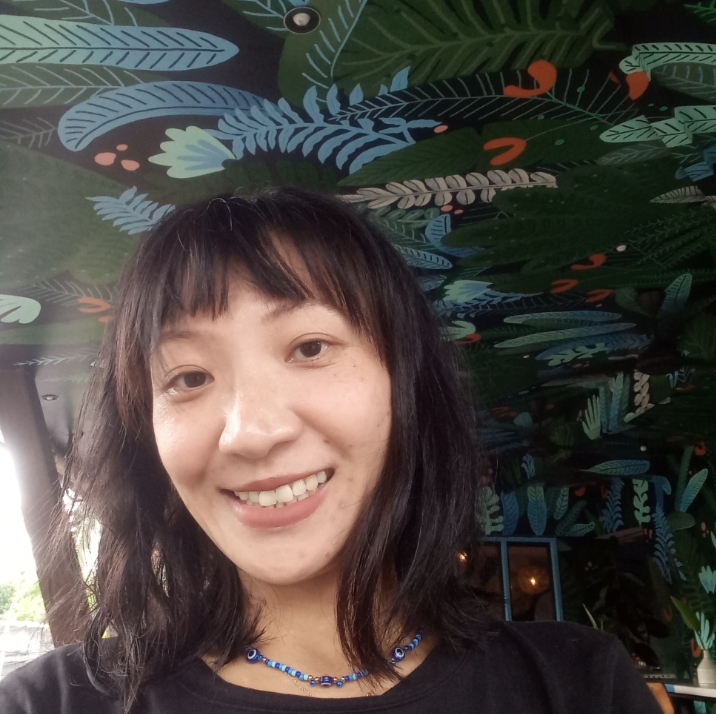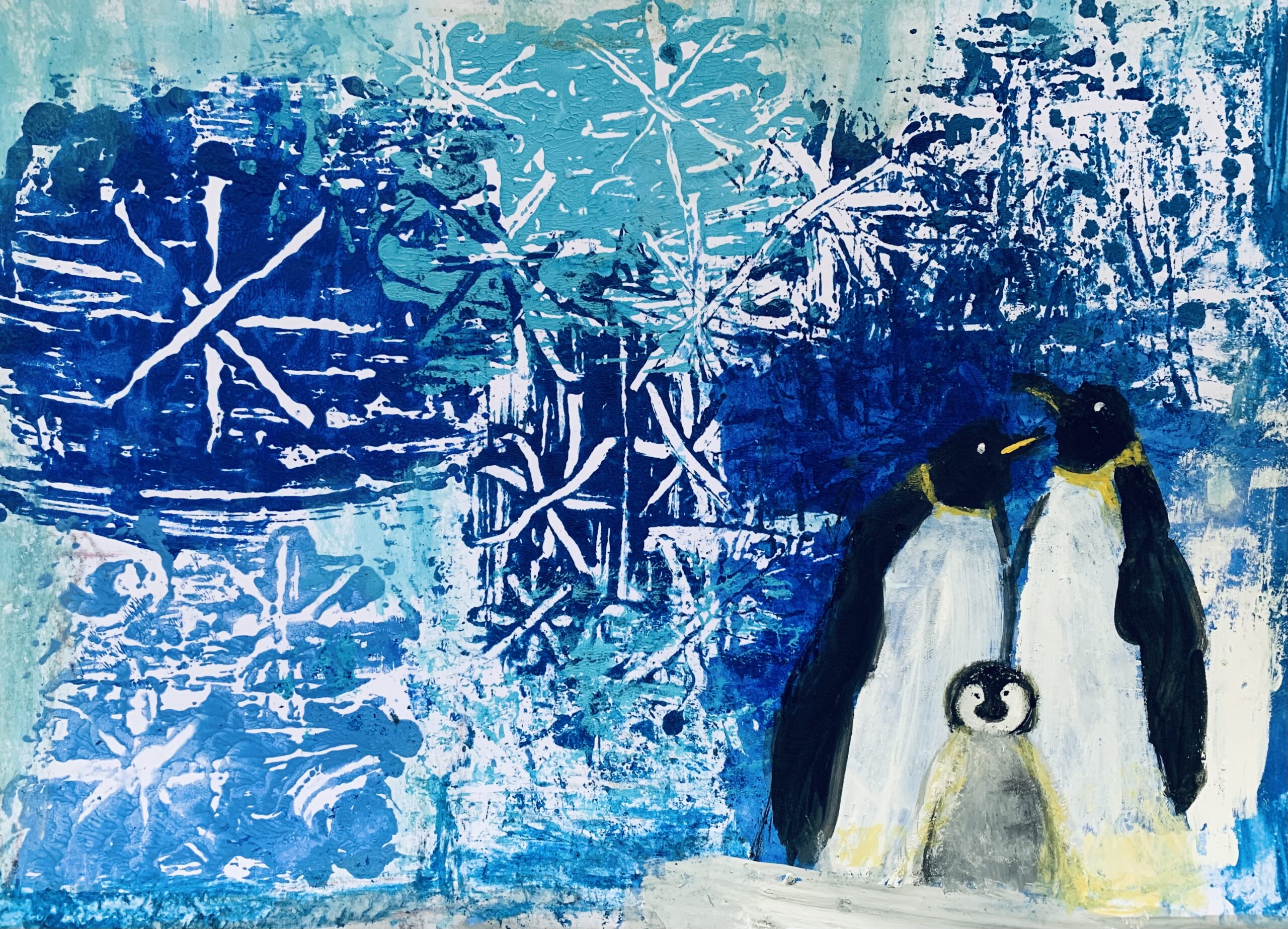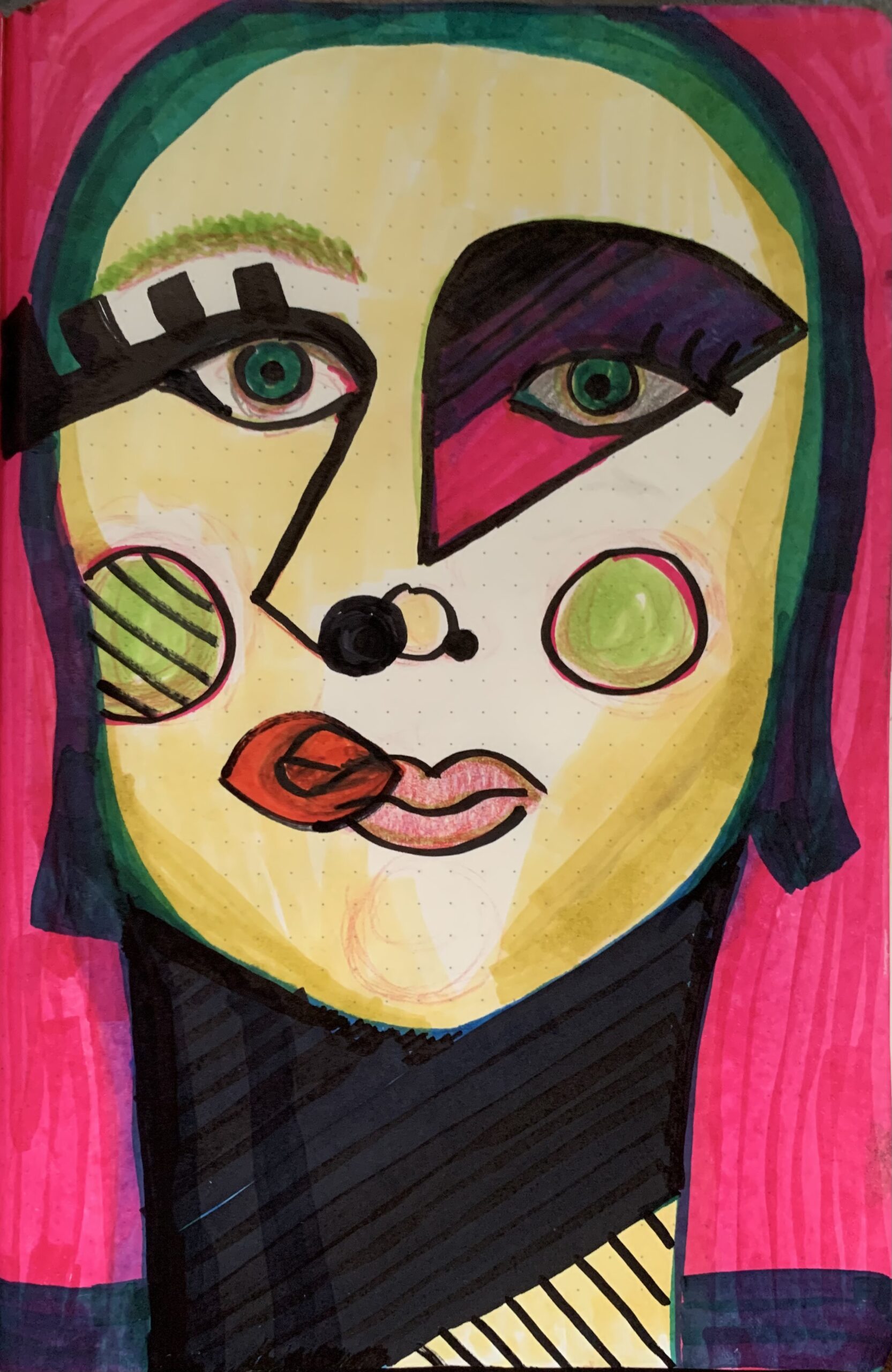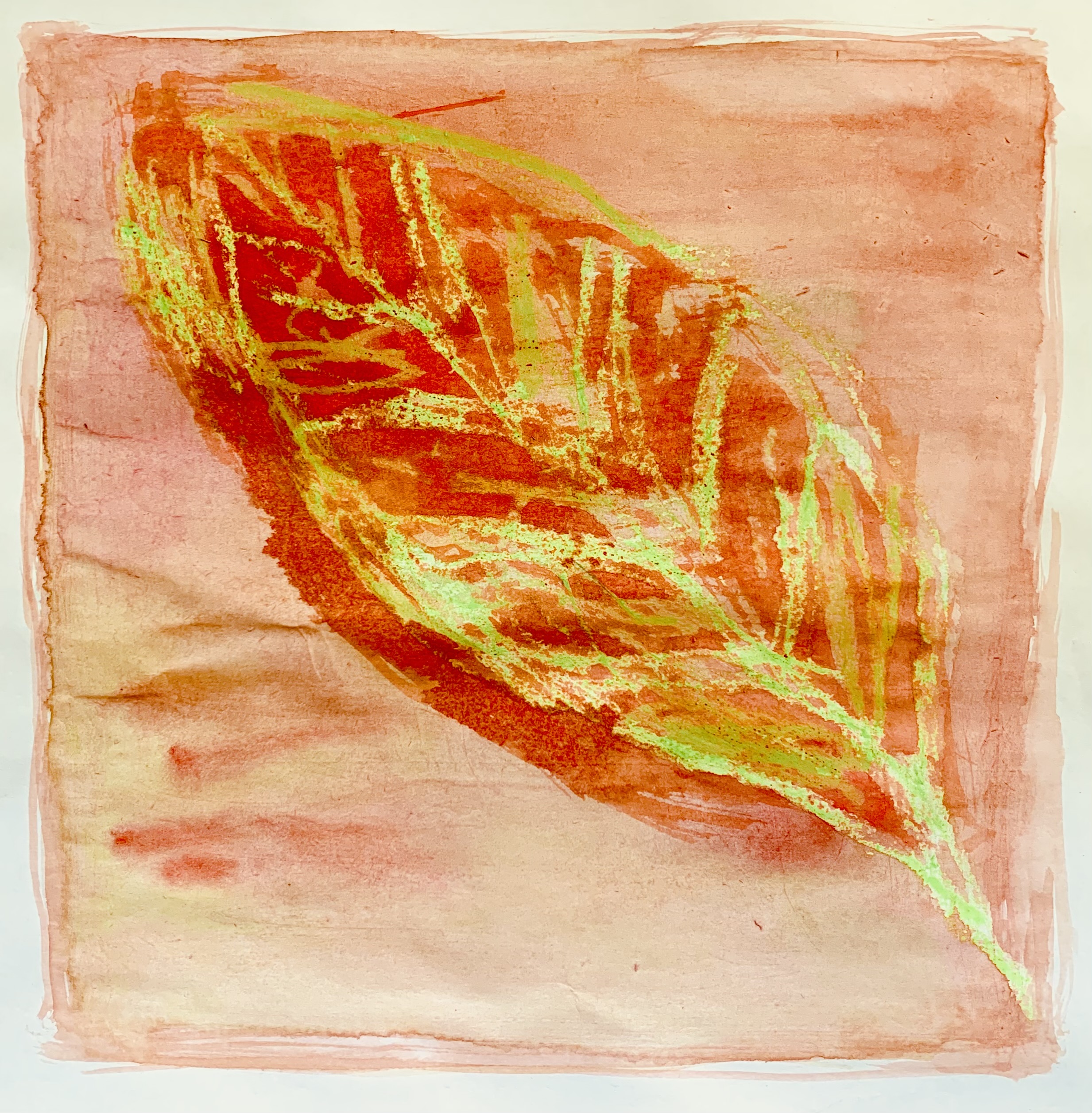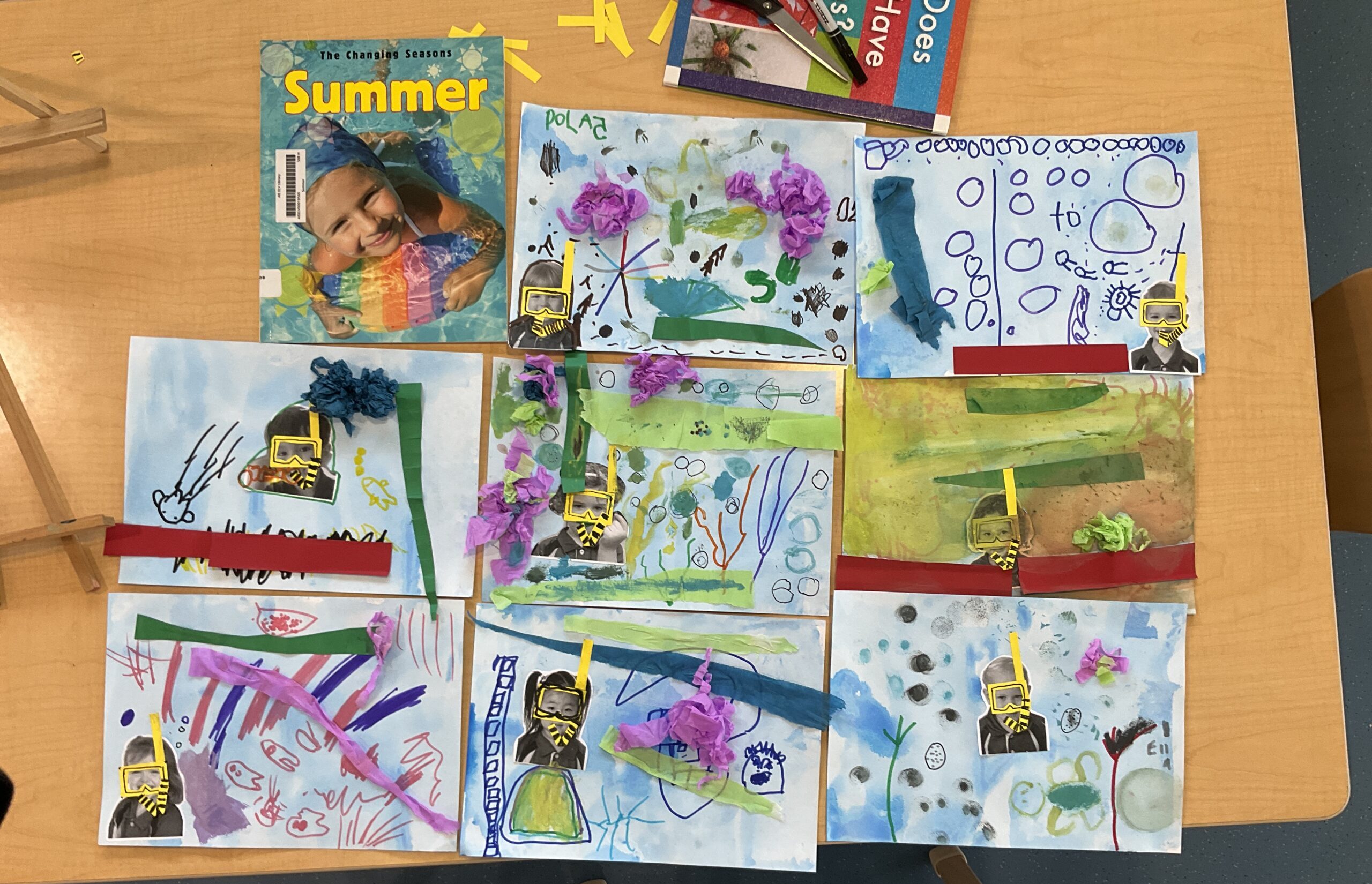Dot painting is an incredibly captivating art form that has its roots in Indigenous Australian culture, where intricate patterns and vibrant colors are used to tell stories and represent the natural world. But beyond its cultural significance, dot painting is also a fascinating technique for anyone interested in exploring color, texture, and form. In this blog post, we’ll dive into the world of dot painting and how you can use complementary colors to make your artwork pop with contrast and visual excitement!
What is Dot Painting?
At its core, dot painting is a method of creating art using small, distinct dots of paint. Rather than using brushstrokes, the artist applies paint in tiny, precise points, often creating stunning, intricate patterns. This technique can be used to form anything from simple geometric designs to highly detailed representations of nature, animals, or abstract compositions.
The beauty of dot painting lies in its ability to build complexity through repetition and variation. The dots can overlap, be spaced apart, or form specific shapes depending on how the artist chooses to arrange them.
The Power of Complementary Colors
Before diving into your dot painting, let’s first take a look at complementary colors. Complementary colors are pairs of colors that are located opposite each other on the color wheel. Common pairs include:
- Red and Green
- Blue and Orange
- Yellow and Purple
When used together, complementary colors create high contrast and vibrancy in artwork. The contrasting nature of these colors enhances each other’s intensity, making them stand out even more. This is why using complementary colors in dot painting can result in eye-catching, dynamic compositions.
Why Use Complementary Colors in Dot Painting?
In dot painting, the strategic use of complementary colors can bring several benefits:
- Contrast and Visual Impact: When complementary colors are placed next to each other, they create a striking contrast. The difference in hues makes each color more vibrant and pronounced, so your artwork will immediately grab attention.
- Depth and Dimension: By layering complementary colors, you can create a sense of depth. For example, overlapping red and green dots can give the illusion of light and shadow, adding richness and complexity to your painting.
- Balance: Complementary colors, when used in the right proportions, can help balance your composition. For instance, pairing a bold color like red with its complement green can prevent any one area of the artwork from feeling too heavy or overpowering.
- Color Harmony: While complementary colors are opposites, when used together thoughtfully, they can create a harmonious balance that pleases the eye, making your artwork feel complete.
Tips for Using Complementary Colors in Dot Painting
- Choose Your Colors Wisely: Start by selecting a pair of complementary colors. For beginners, you might want to pick something bold like blue and orange, or red and green. These pairs are often easier to distinguish and work with. Once you’re comfortable, try more subtle combinations like purple and yellow, or experiment with a mix of warm and cool tones.
- Start with Simple Shapes: Especially if you’re new to dot painting, try starting with a basic shape, like a circle or triangle, and fill it with dots in one color. Then, introduce its complementary color in small areas to create contrast. You can either keep the complementary colors separate or blend them together to create interesting visual effects.
- Vary Dot Sizes and Spacing: One of the most exciting aspects of dot painting is the ability to experiment with different dot sizes and spacing. Larger dots can fill in larger areas, while smaller dots can add detail or texture. Varying your dot sizes will give your painting a sense of movement and rhythm, enhancing the overall effect of the complementary colors.
- Layer Your Dots: If you’re looking for depth, don’t be afraid to layer your dots. Place one color first, then gently add a second layer of dots with the complementary color. The combination of colors will start to blend optically, creating a stunning visual experience for the viewer.
- Don’t Overwhelm the Viewer: While complementary colors can create bold contrasts, too much of them in one piece might feel overwhelming. Make sure to use them in moderation, and balance your composition by giving each color room to breathe. This will keep your artwork harmonious and pleasant to the eye.
A Simple Project to Try
If you’re ready to dive into dot painting with complementary colors, here’s a simple project idea to get you started:
- Materials:
- Canvas or thick paper
- Paint (acrylics or watercolor)
- Small brushes or cotton swabs
- Palette for mixing
- Color wheel (for reference)
- Steps:
- Step 1: Lightly sketch a simple object or pattern on your canvas. Think of shapes or designs that will look great with dots—perhaps a tree, a sun, or an abstract pattern.
- Step 2: Select a pair of complementary colors from the color wheel. For example, let’s go with blue and orange.
- Step 3: Using cotton swabs or small brushes, start dotting your canvas with one of the colors, filling in your design.
- Step 4: Once the first color is in place, begin dotting the complementary color in select areas. Consider creating contrast by placing the two colors next to each other or layering them.
- Step 5: Keep adding more dots and experimenting with the arrangement until you’re happy with the overall look. Remember, the goal is to find a balance between the two colors.
Final Thoughts
Dot painting with complementary colors is a fantastic way to bring energy, contrast, and vibrancy into your artwork. By understanding how complementary colors interact and learning the technique of dot painting, you can create stunning pieces that not only grab attention but also reflect a deeper understanding of color theory. Whether you’re a seasoned artist or a beginner, dot painting offers endless creative possibilities to explore!
So grab your paint, a brush or cotton swab, and let your creativity flow through a beautiful dance of complementary colors!Attach


